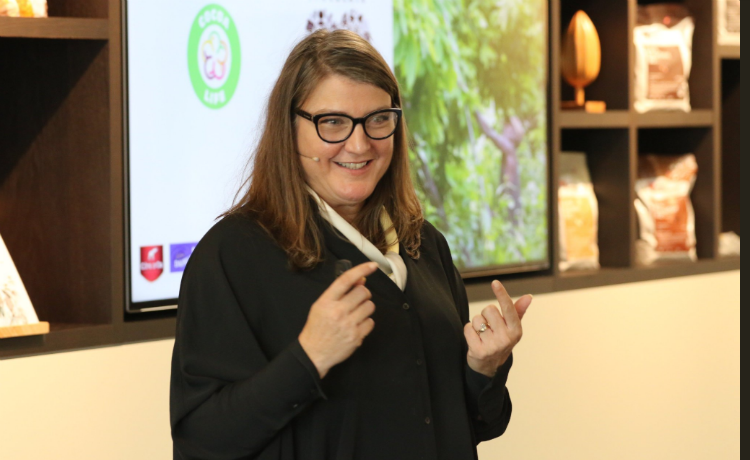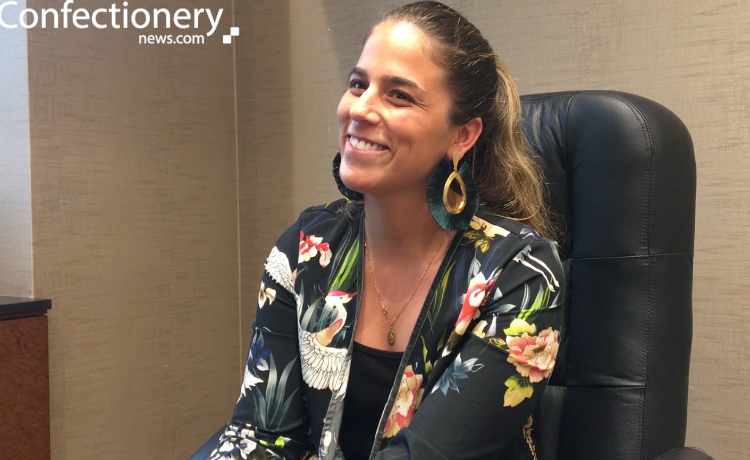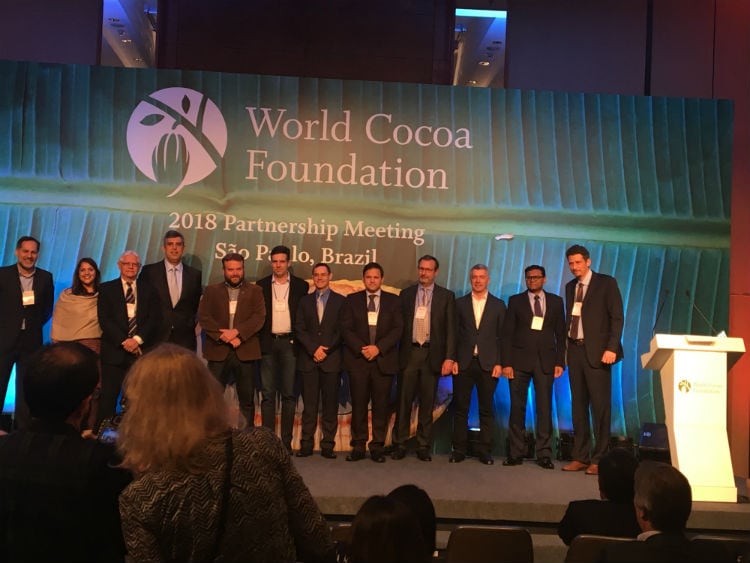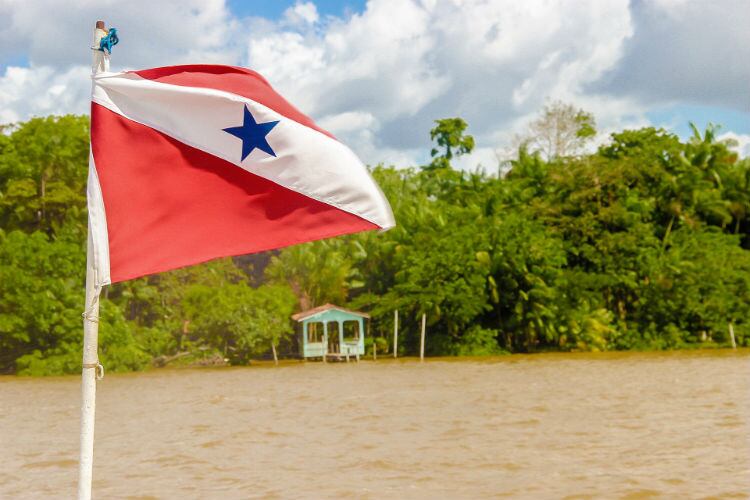Cathy Pieters, director of Mondelēz International’s Cocoa Life program, has praised the new CocoaAction Brazil initiative from the World Cocoa Foundation (WCF), which was announced last week at its annual conference in Sao Paulo.
Days earlier Mondelēz announced its own Cocoa Life Brazil strategy, and Pieters believes the two schemes can work together to help the Brazilian cocoa industry become more sustainable in the future.
Speaking exclusively to Confectionery News, she says: “We have launched Cocoa Life Brazil, which is an on-the-ground implementation, where we look at certain KPIs we want achieve. It also connects the people who grow the cocoa to consumers.
“CocoaAction Brazil is very different, it’s more of a strategy to help facilitate government dialogue, bringing the industry together, and to secure outside funding to scale up projects.
“We are happy to be part of it, to be at the table to help steer competitive-free work. We need more money and need some of the big donors to step up and support us.”
A stronger voice
Pieters believes the two schemes can work effectively together by tackling the political points. “It’s important to get a really good dialogue with governments,” she says. “In Brazil, we have a good conversation going; working together gives us a stronger voice.”
Cocoa Life has already made a significant difference to farmers’ welfare in Ghana, Côte d’Ivoire, Indonesia, India and Dominican Republic since its inception six years ago.
Pieters says the problems in cocoa growing areas in Brazil are different. She says that one of the big issues in West Africa is farmers don’t have choices and cocoa is the only crop available, because their land is too small to grow anything else. "The farmers are never going to to be pulled out of poverty," she says.
Models of cocoa production
Models of cocoa production are different in Brazil, says Pieters, there is more diversity, more inter-cropping, less deforestation, and the rejuvenation of degraded cattle land for crop growing is opening up new areas in the state of Pará, in the east of the country, in the rain forest.
“One really interesting thing going on in Brazil is the dialogue about how cocoa is no longer seen as a contributor to deforestation, but part of the solution to reclaiming the forest.”
“We are going to be able to learn a lot from Brazil in terms of agro-forestry in key areas such as Bahia and Pará that we will be able to implement in other programs,” she says.
The threat of disease is always a worry. An attack of witches broom in Bahia’s Atlantic forest practically wiped out cocoa production in the region in 1989.
Monilia pod rot is rife in Central and some areas of South America and has been found in Peru, at the border of Brazil with the potential to cause havoc if it is allowed to go unchecked.
Diseases apart, Pieters says she is "super excited" about the Cocoa Life initiative in Brazil.
“I think we are going to have wonderful agro-forestry models in the Pará region, from the degraded cattle land. While as an industry hopefully we can find solutions to monilia and other diseases so that Bahia farmers with their own Cabruca method can thrive too.
Enabling the environment
“The Focus on Pará will be enabling the environment, by rejuvenating abandoned cattle farms it will be a win for farmers, as we will be helping with economic resources and diversification and we will also be helping our business with the supply of cocoa. Brazil cocoa production is all about quality and quantity,” says Pieters.
Mondelez has committed $400m of funding to its Cocoa Life projects over 10 years to make sure cocoa growing communities thrive.
Pieters says that in the past buying cocoa was a pure transactional process. “Through Cocoa Life we know the people that grow our cocoa, so from there you can start understanding challenges much better and address them much better.”
“The challenges are all related: poverty; deforestation; child labor - and Cocoa Life was designed to holistically challenge those root causes."
Pieters says that certification schemes are fine, but they don’t take into account the many variables that are happening in communities.
“Being a corporation it’s important to understand the impact of what we are doing,” says Pieters. “It’s a very complicated process and we are not finished.”
Cocoa Life and women’s empowerment
Earlier this month Mondelēz International announced it is expanding its women’s empowerment action plans to the Dominican Republic and Indonesia, after a successful launch in 2014 in Ghana and Côte d’Ivoire.
Mondelēz says the scheme will empower more than 100,000 women in over 1,000 communities in the four countries. The plans focus on promoting women’s empowerment across five focus areas: farming, community, youth, livelihoods and environment.
The existing Cocoa Life action plans have already contributed to women’s empowerment, helping women gain greater access to and control over both household and productive resources. The Cocoa Life program provides 50,000 women annually with access to finance to fund education and encourage entrepreneurship, in order to give them a voice and unlock their potential. Over 59,000 community members have also been trained in gender awareness to change perceptions, attitudes and behaviors, and to address gender inequalities, according to the company.




